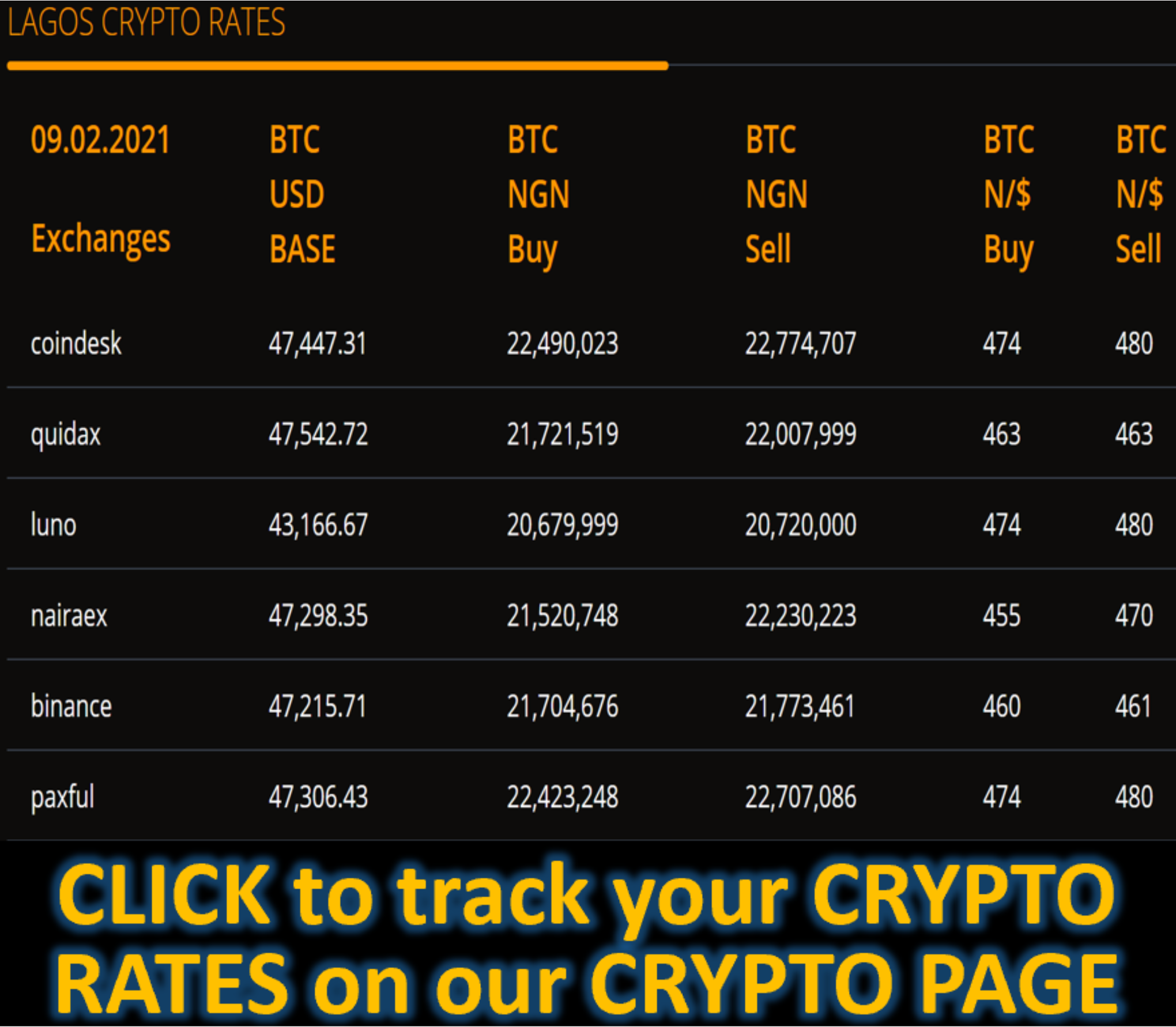Market News
ECB to Cut by More as Inflation Undershoots 2%, Poll Shows - BLOOMBERG
The European Central Bank will lower borrowing costs more than previously expected this year to below 2% as inflation is seen undershooting the institution’s target in early 2026, according to economists surveyed by Bloomberg.
After seven quarter-point reductions so far, additional cuts are likely in June and September, a monthly poll showed. That would bring the deposit rate to 1.75% from currently 2.25%. In the previous poll, respondents saw it staying at 2% throughout the survey period.
However, analysts predict the ECB will hike to 2% again in the first quarter of 2027, leaving the forecast for the survey’s end point – the third quarter of 2027 – unchanged.
The analysts lowered their inflation expectations with price growth now seen averaging 1.7% and 1.8% in the first two quarters of 2026, compared to 1.9% in the previous survey.
Officials have struck an optimistic tone on inflation of late and are preparing to reduce borrowing costs further, with a next step probably coming in June. Europe’s economy is faltering, in particular due to US President Donald Trump’s trade tariffs.
On Friday, Lithuania’s central-bank governor Gediminas Simkus told Bloomberg Television that another move in June is “needed” as the euro-area economy is yet to feel the full force of the US levies and “clear disinflationary forces” are at play such as falling energy prices and the euro’s strength.
He added there are “chances that there might be another cut after June,” although the timing is open. Such a step could occur in July, September or even December, he said.
Finland’s Olli Rehn also said on Friday that he would back a move next month if the ECB’s new projections confirm an outlook of disinflation and waning growth momentum.
However, Executive Board member Isabel Schnabel urged caution on Friday, arguing a “steady hand”-policy and keeping rates near their current levels would be most appropriate in an environment of elevated uncertainty.
“Downside risks in the data likely have to still materialize to convince the ECB to cut beyond a likely move in June,” Greg Fuzesi, an economist at JPMorgan Chase & Co., said Monday. “We continue to think that that will happen, even if Schnabel will take a lot of convincing to even support the first of those moves in June.”
Traders trimmed their rate-cut bets on Monday following the decision by US and China to reduce tariffs for 90 days. They now see less than 50 basis points of easing by year-end — the least in a month.
The ECB’s June forecasts will play a crucial role in future decisions. In March, it predicted 0.9% growth this year, followed by 1.2% and 1.3% in 2026 and 2027.
Chief Economist Philip Lane already told Bloomberg TV last month that trade tensions darken the outlook, but that it’s “important to say it is a markdown to a little bit less” as the economy is still growing. Euro-area output even surprised in the first quarter with a 0.4% advance — double the previous period’s gain.
On inflation, the ECB in March expected it to slow to 1.9% and 2.0% in 2026 and 2027 — from 2.3% this year. Some policymakers have already signaled a possible downward revision, fueling the discussion about risks of falling short of the central bank’s 2% target again.
But in April, inflation surprisingly held steady at 2.2% and an underlying measure jumped to 2.7%, far more than analysts had predicted.
--With assistance from James Hirai.
(Updates with economist comment, markets starting in 10th paragraph.)









